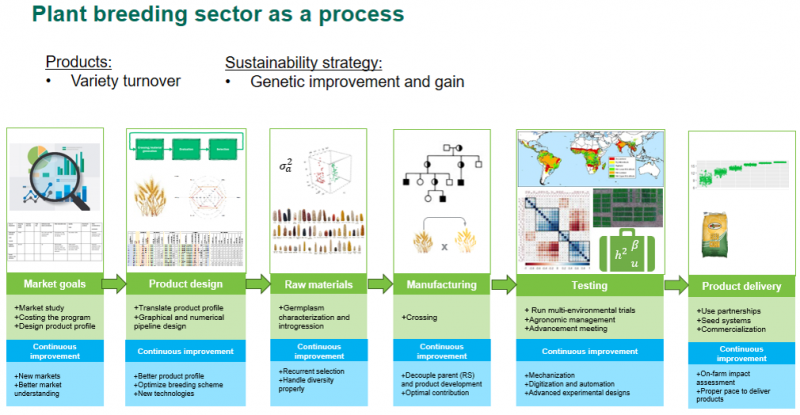AlphaSimR
AlphaSimR is a GitLab repositorium with R code addressing multiple simulation questions for designing breeding programs. This includes proper program size, experimental designs, surrogates of genetic merit, reduction of cycle time, among others (this is only accessible to a small number of users on request).
Link: https://gitlab.com/excellenceinbreeding/module2
Contact: g.covarrubias@cgiar.org

